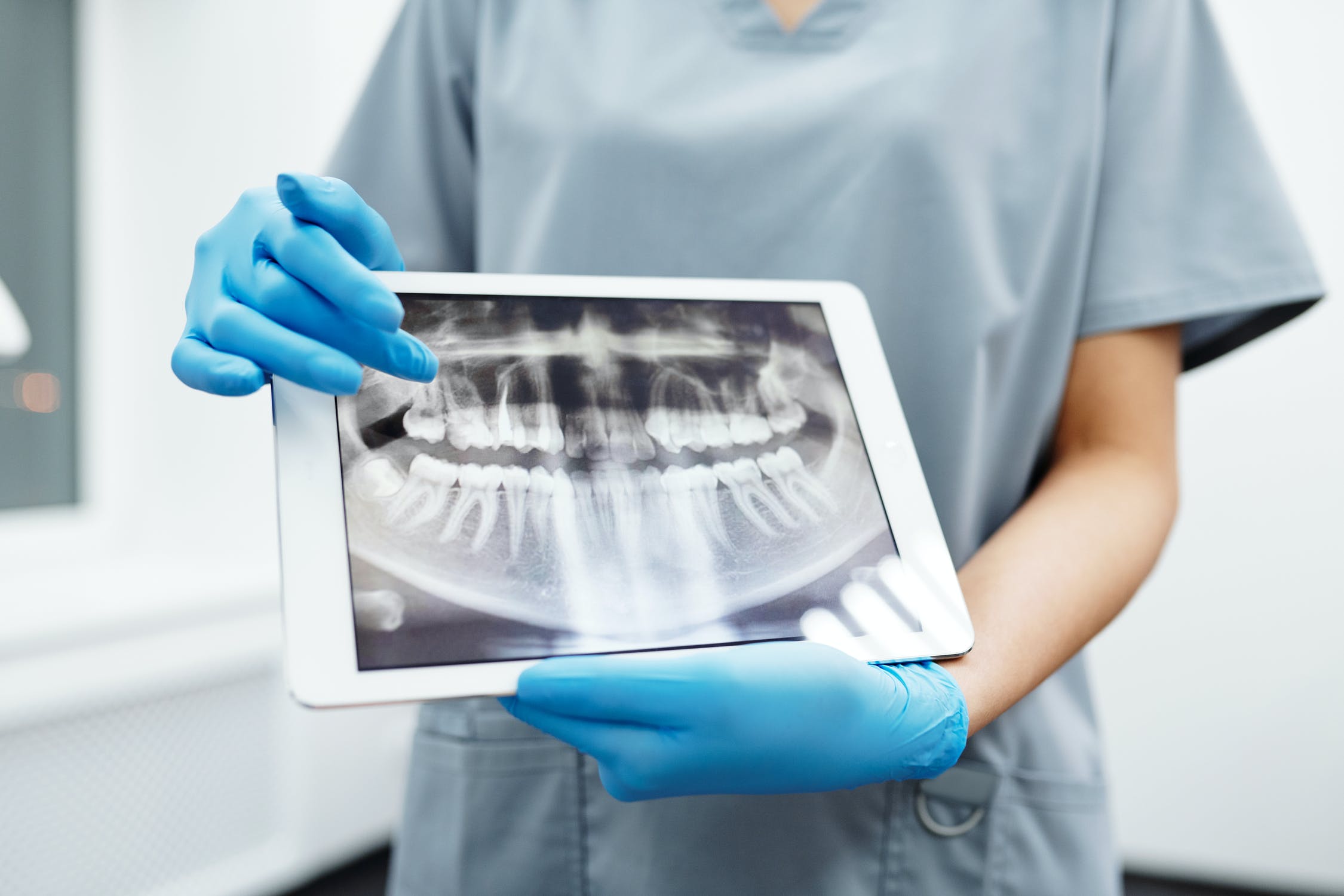
Orthodontics
Orthodontics means “Straight Teeth” in Latin. It is generally referred to as “orthodontics and jaw-face orthopedics” in the world. The reason for this is that it is a branch of science that examines not only teeth but also teeth and jaw-face relationships together. In order to become an orthodontist, it is necessary to complete a 5-year dentistry faculty and then receive a 4-year orthodontics education.
A physician who completes this education process deserves the title of “orthodontist”. People generally feel the need to consult an orthodontist when they realize that their own or their children’s teeth are irregular or crooked, or when they are not satisfied with their appearance.
However, many of these disorders can be prevented as a result of regular check-ups starting at a young age. In conscious societies, tooth loss and crookedness in later ages have significantly decreased thanks to early interventions and adequate oral and dental health education.
In our country, an intensive effort is currently being made to establish this awareness. The ability of our teeth and jaws to function in the correct positions is a very important factor affecting all our respiratory and chewing functions. This is where orthodontics comes into play and helps us perform these functions at an optimum level.
Orthodontists work hard to properly function our teeth and jaws during treatment. Dozens of records taken before treatment (measurements, photographs, jaw and face X-rays, and even computerized tomography when necessary) are meticulously analyzed to create a treatment plan and the right treatment plan is tried to be created.
The right treatment plan constitutes half of the treatment; for this reason, properly working orthodontists attach great importance to this phase. The necessary treatment is applied using more intelligently planned mechanics. The treatment period lasts between 1 and 4 years depending on the severity of the case. The treatment period is usually 2 years. The basic devices used in orthodontics are brackets and wires. In addition, many other intraoral and extraoral devices are used.
There are many types of brackets that are used as a basis and are glued to each tooth. These differences are divided into two as mechanical and aesthetic. The reason for the differences in mechanical terms is that since orthodontics was first applied, many treatment techniques and philosophies have emerged.
As a result, there are dozens of different types of brackets with different mechanical properties on the market. In general, every orthodontist has one or more techniques that he/she adopts and chooses the brackets he/she uses according to his/her system. In terms of aesthetics, there are tooth-colored and gold-colored brackets that adults prefer.
These also differ according to the material they are made of and the technical features they contain. Thanks to advancing technology, great progress has been made in the wires used in orthodontics. The latest shape memory and heat-sensitive wires play a major role in shortening the treatment period.
Again, the white colored teflon-coated wires made for aesthetic purposes are available on the market. However, since their technical features are still not at a sufficient level, they are not preferred much by orthodontists.
